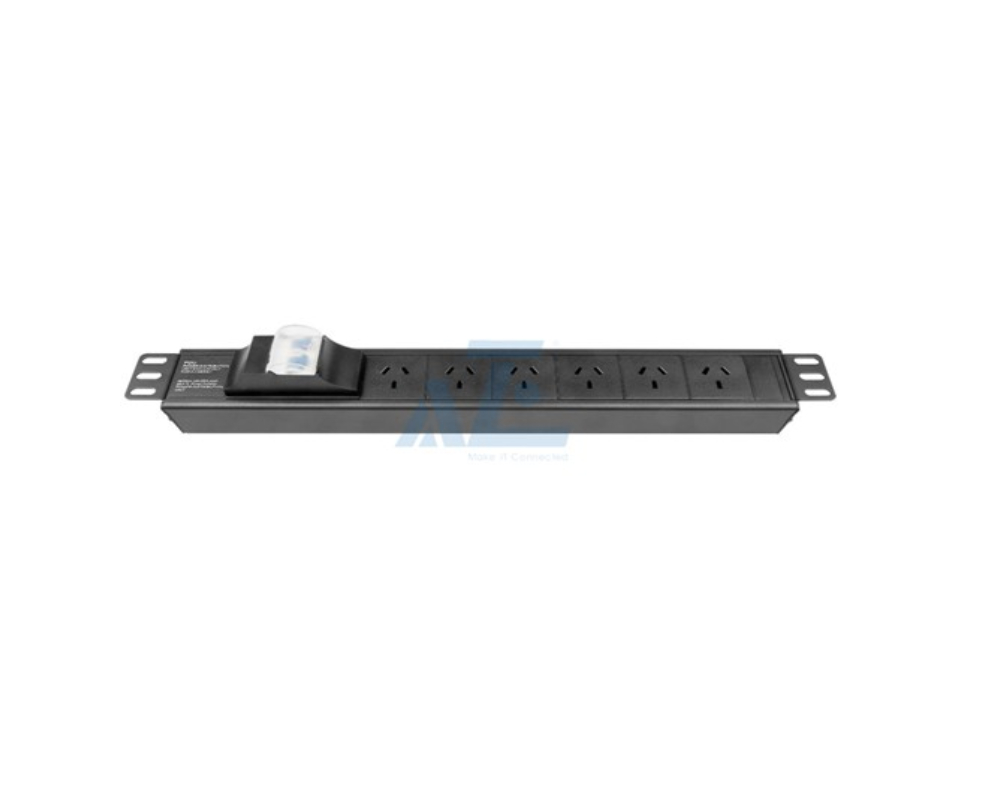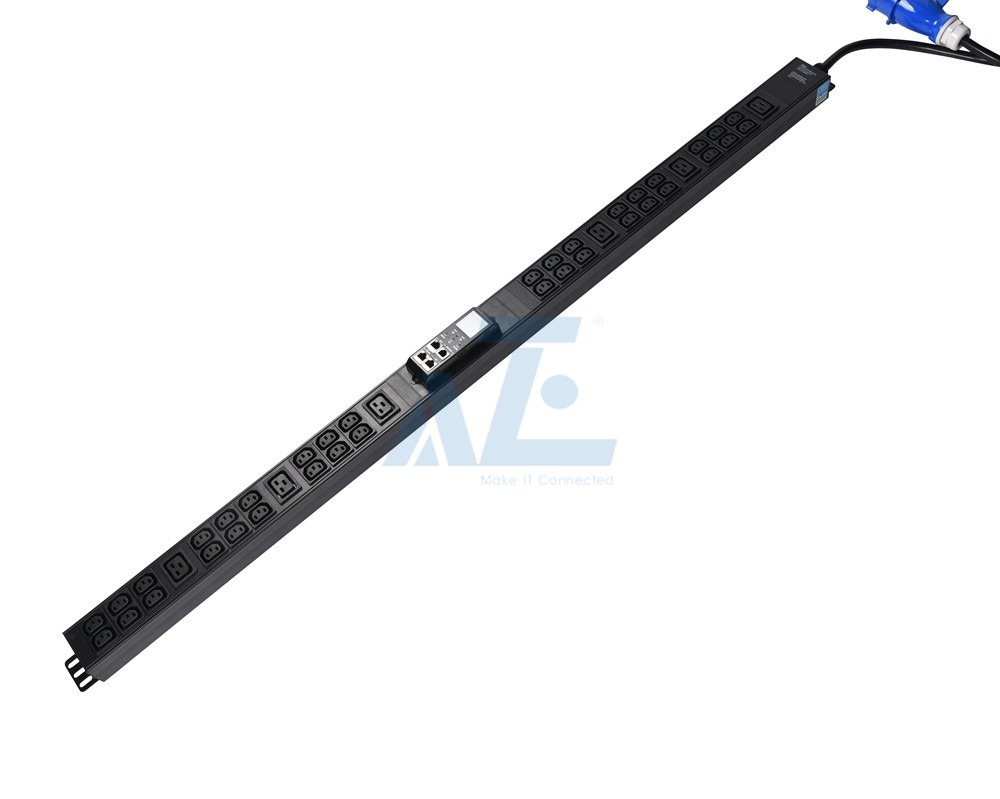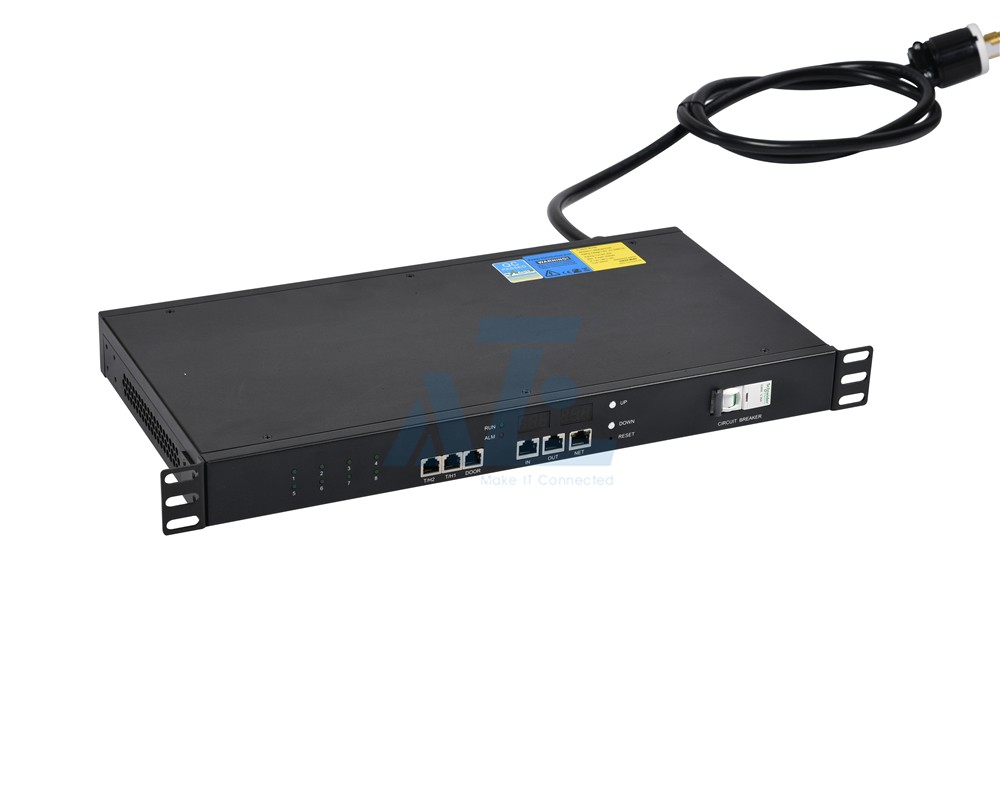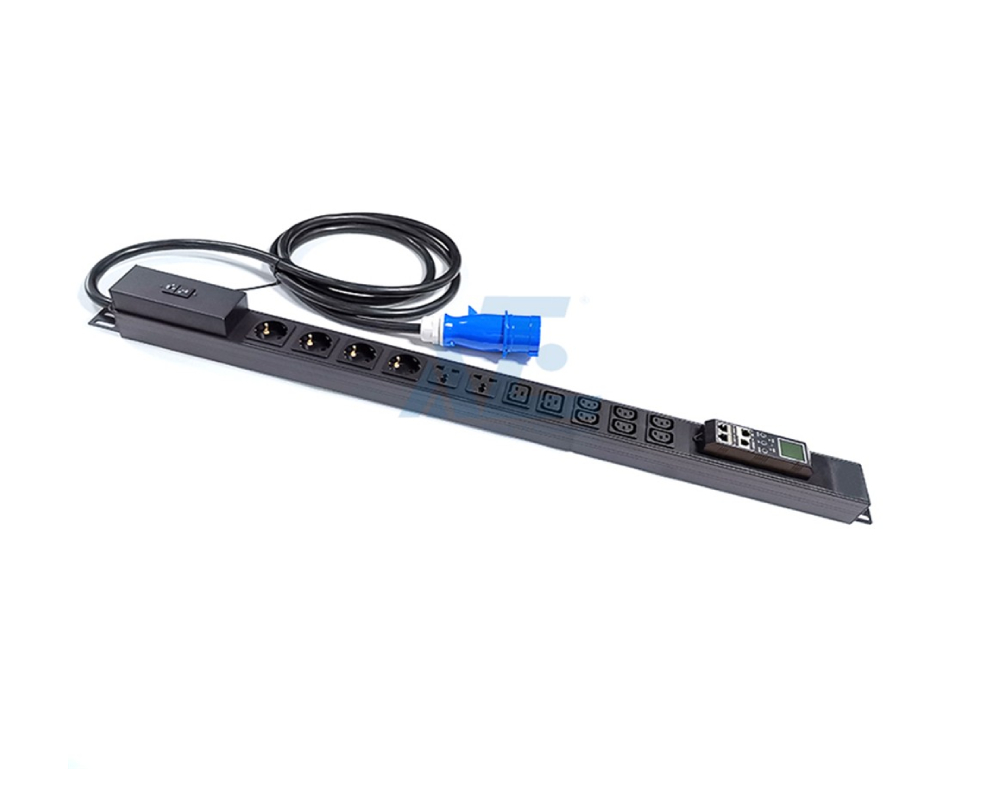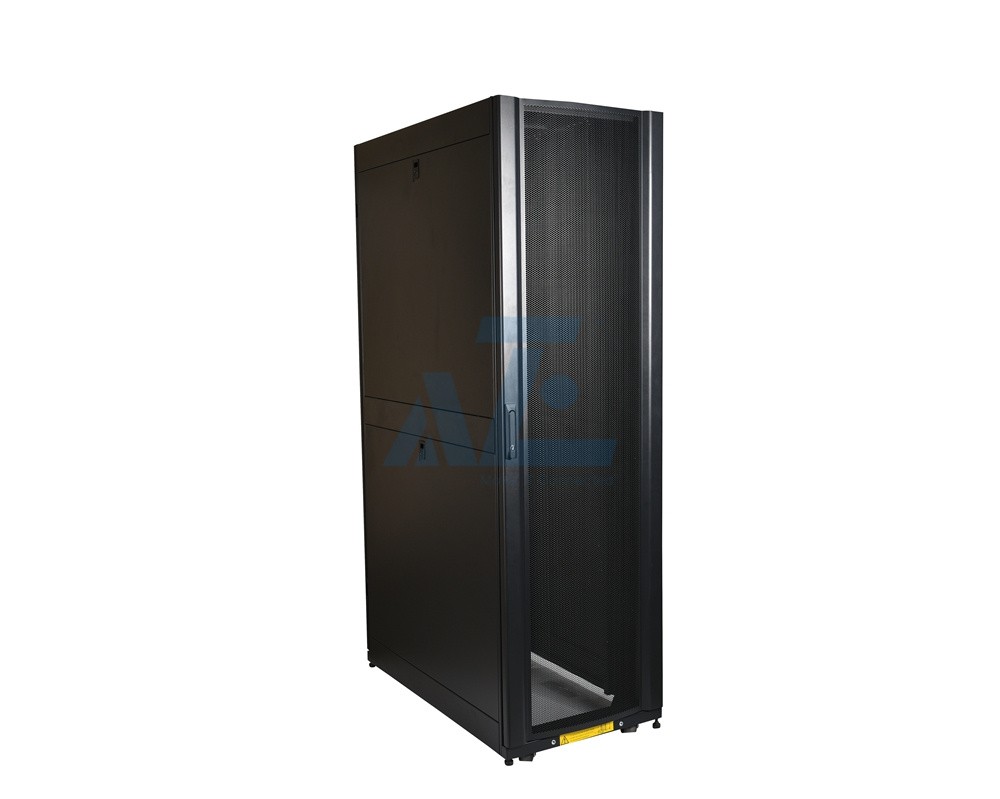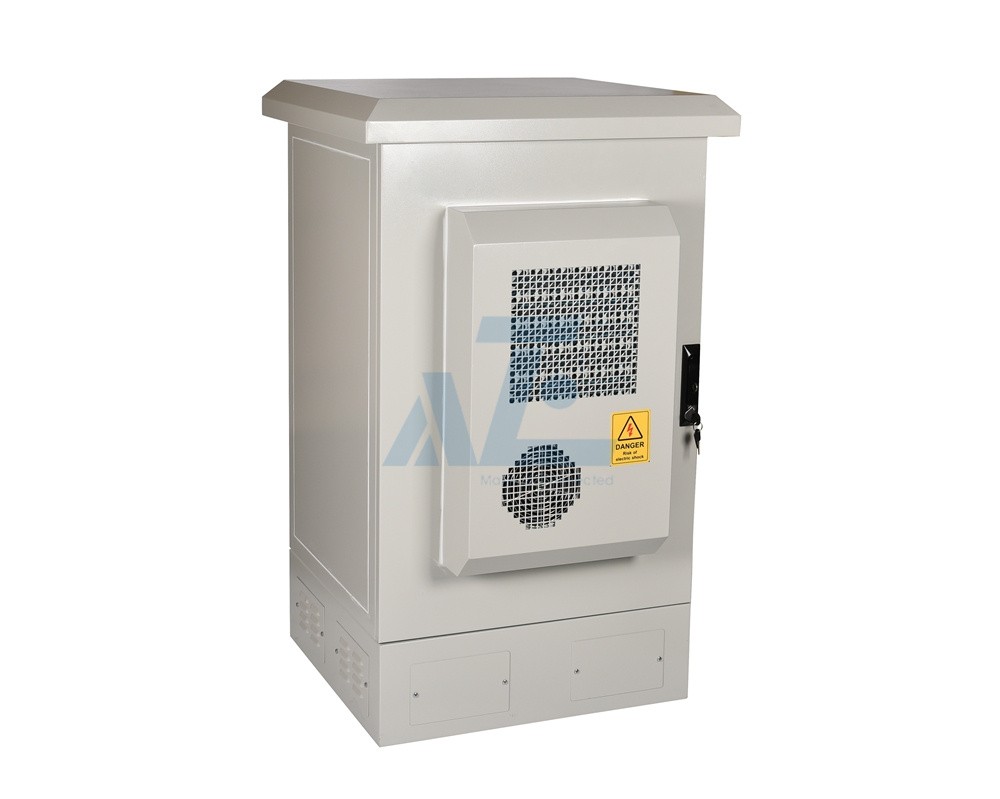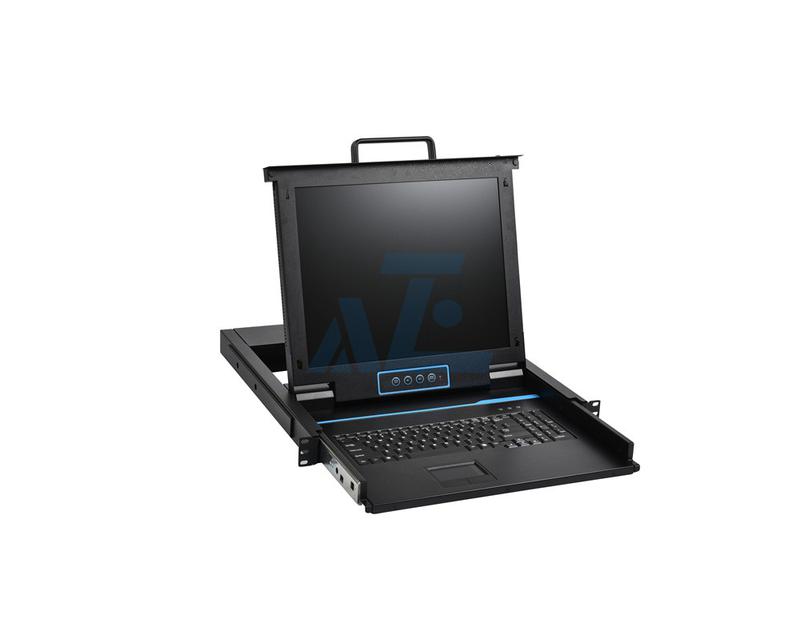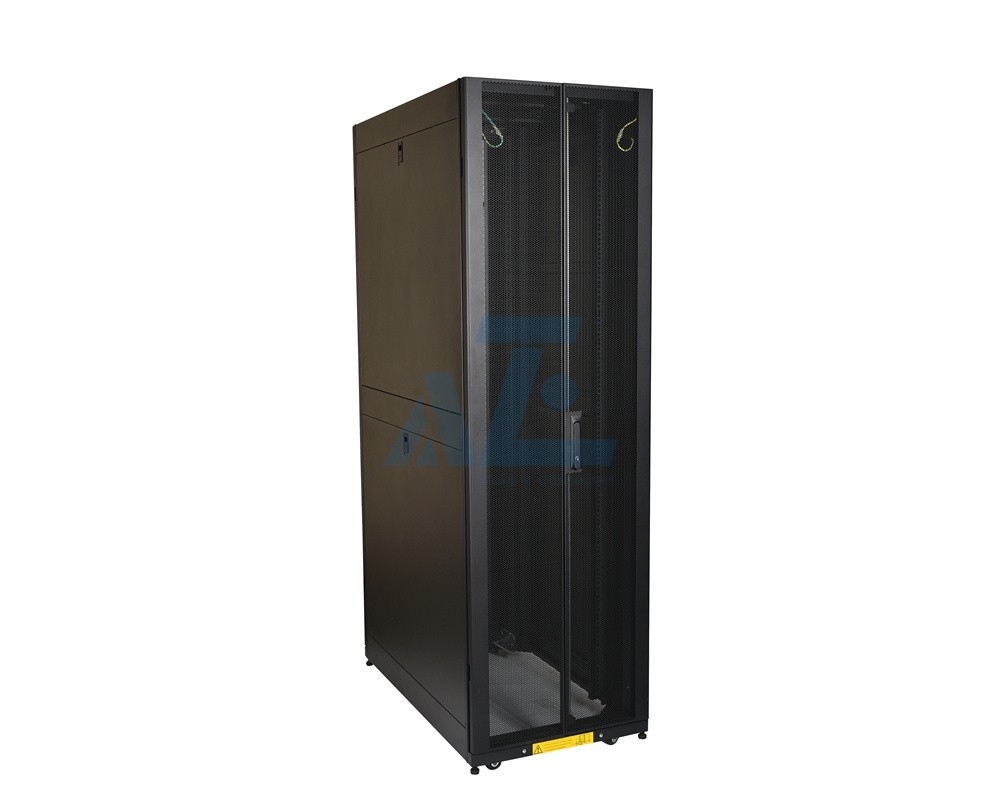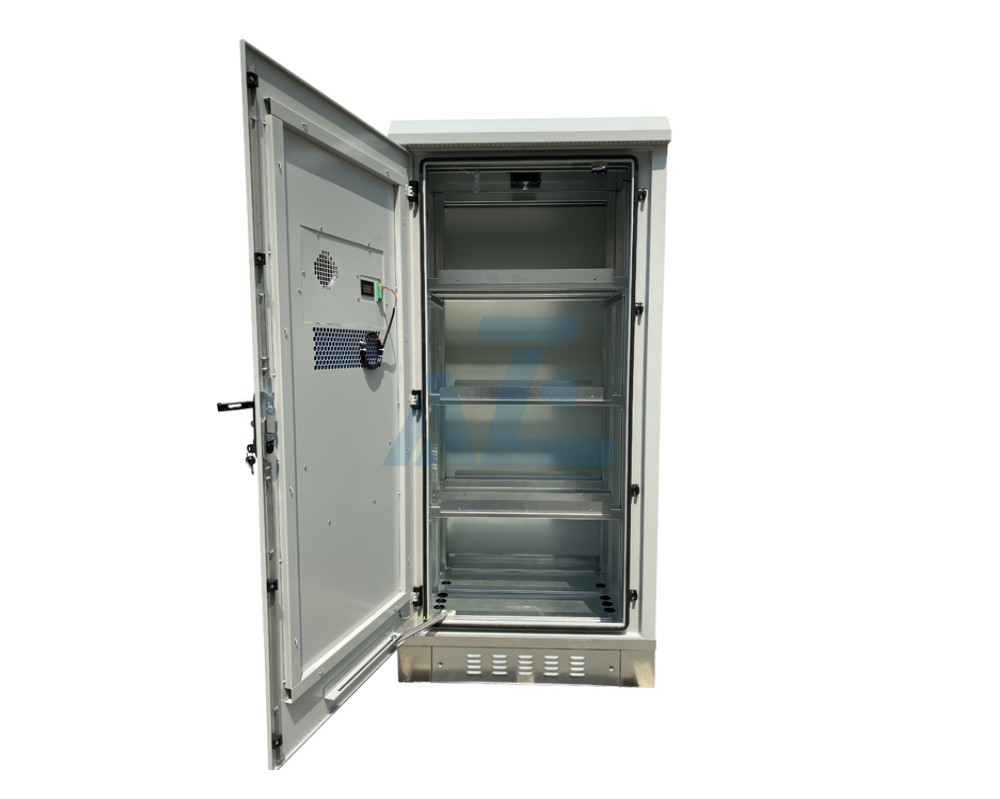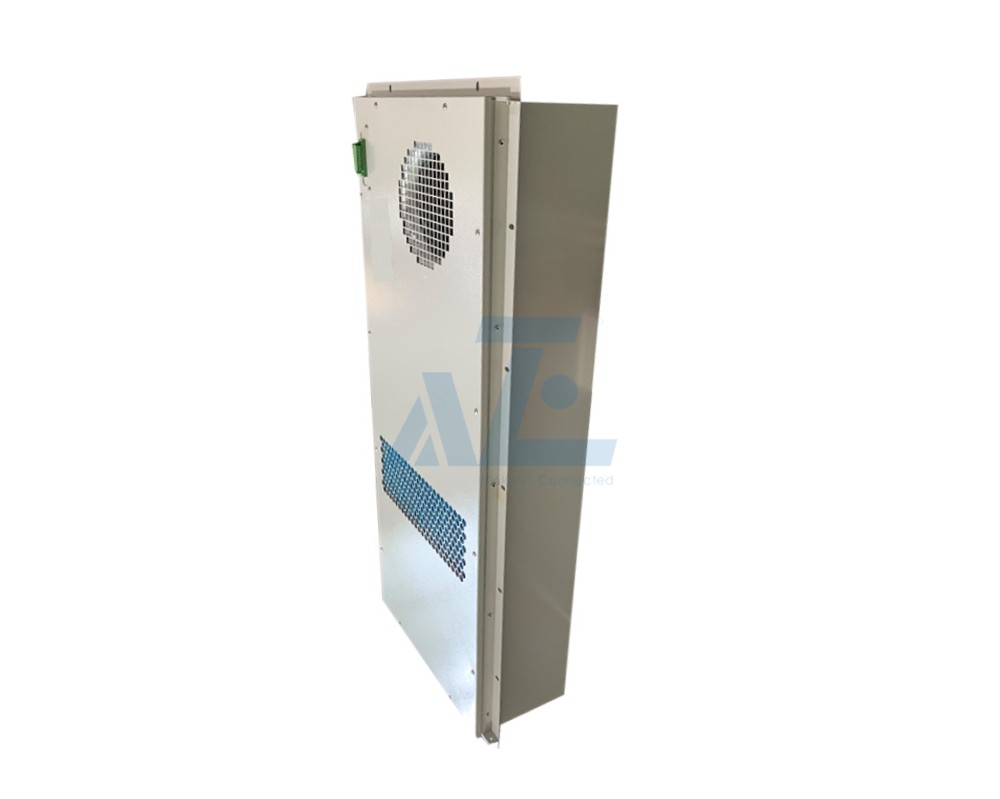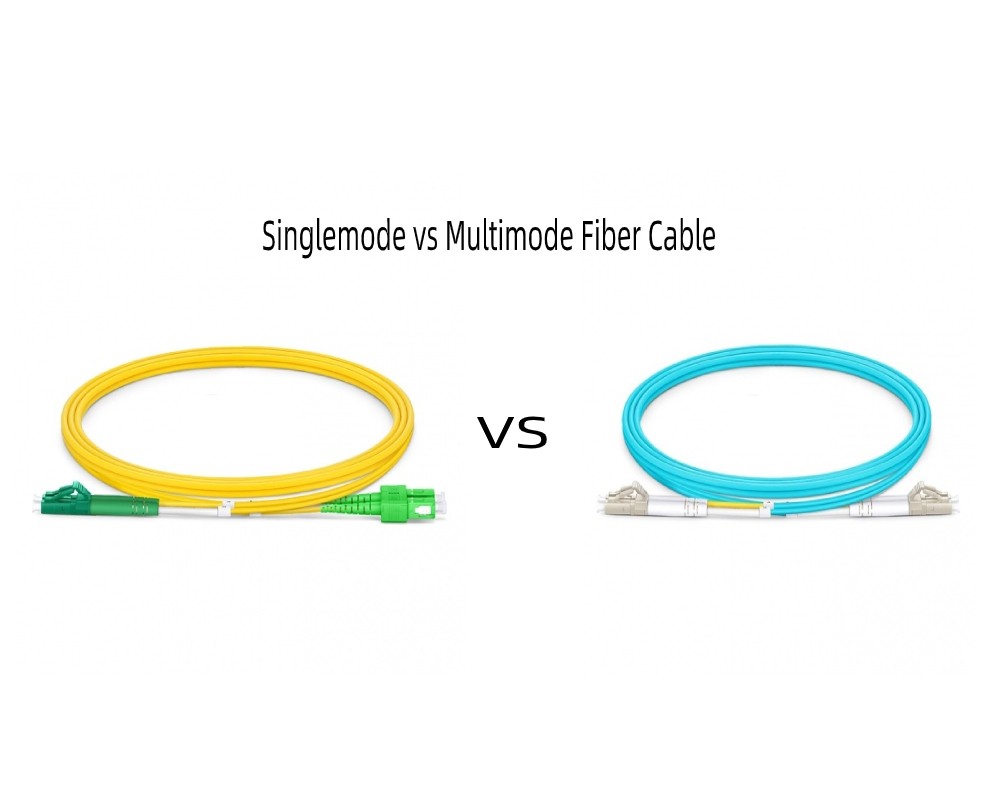The Difference Between a Basic and Intelligent PDU
The Difference Between a Basic and Intelligent PDU
May 26 , 2021Power Distribution Units (PDUs) are a critical aspect of your data center power management. Alongside your UPSs, CRACs, patch panels, and other items in your data center, they help ensure a reliable supply of power to your devices.
A basic PDU is a dependable, space-saving, cost-effective way to deliver power to wiring closets, server rooms and equipment racks from a UPS system, generator or utility wall outlet. It complements the benefits of a UPS system by adding more outlets than are provided by a UPS to essentially convert a single high-amperage UPS outlet to multiple low-amperage PDU outlets. A basic PDU is the easiest way to distribute facility UPS or generator power to multiple rack loads.
The biggest differences between basic and intelligent PDUs are focused on features. Basic PDUs are reliable power distribution devices with multiple outlets, similar to a large version of a power strip that you might buy at your local hardware store. In contrast, intelligent PDUs provide reliable power distribution as well as different levels of inlet- or outlet-level metering, power control and outlet switching, data collection, and environmental sensor instrumentation so that readings can be captured by a data center operator in person via a LED screen or sent over the network using the Intelligent Rack PDU’s communications module and SNMP card.
An intelligent PDU, also known as smart PDU, goes beyond distributing power to IT equipment within the data center. It is capable of monitoring, managing, and controlling power consumption to multiple devices.Intelligent or “smart” PDUs can be broken down into three categories:
Metered PDU
A metered PDU can locally monitor load level and avoid potential overloads with a built-in digital current meter while offering reliable, rack-mount, multi-outlet, single or three-phase, power distribution from any protected UPS, generator or mains input power source.
Monitored PDU
While similar to a metered PDU, a monitored PDU goes one step further with its ability to remotely monitor single- or three-phase voltage, frequency, and load levels in real-time via a built-in network connection. Output current consumption is displayed locally via a visual meter to warn of potential overloads before critical input sources become overloaded.
Connecting additional equipment to a PDU can overload it or the supply circuit, causing breakers to trip or equipment to fail. Both metered and monitored PDUs display load levels in real-time, allowing additional equipment to be connected safely. The primary input plugs into an On-Line UPS system. The secondary input plugs into a wall outlet. If the UPS system is taken offline for maintenance, repair or replacement, the PDU keeps the load powered by automatically switching from the primary input to the secondary input because of its ATS functionality. When the UPS system is restored, the PDU will switch back to the primary input.
Switched PDU
What if you want the ability to remotely monitor, connect or disconnect your data center loads? No problem! A switched PDU provides all of these capabilities. A switched PDU can locally monitor load level and avoid potential overloads with a built-in digital current meter, as well as remotely control individual outlets for the rebooting of locked equipment to avoid costly service calls, custom power-on/power-off sequences and load-shedding of non-essential loads during blackouts to extend battery backup runtime for critical equipment. Unused PDU outlets can be electronically locked off to prevent the connection of unauthorized hardware. Built-in local digital display and remote web/network interface reports detailed voltage, amperage and kilowatt output values per breaker bank / phase with additional reporting options for power unbalance percentage, IP address and optional sensor-based temperature and humidity data. The PDUs network interface connects to an Ethernet jack. Remote users can switch each of the PDUs outlets on or off via SNMP, Web or telnet.
A rack power distribution unit (PDU) is a device with multiple outlets designed to distribute power to networking equipment within a rack, including servers, storage devices and other equipment. For example, let’s say you have a 42U rack cabinet loaded with 42 1U servers, that’s 42 cords you have to find outlets for. PDUs solve this problem by taking the power supplied to the rack and distributing it via multiple outlets to the rack’s servers and networking equipment.
Why Intelligent PDUs for Your Data Center?
Although some organizations still use basic PDUs, more data center managers are embracing intelligent PDUs to reap their benefits, including:
- More informed decisions, including data center capacity planning. Intelligent PDUs enable data center managers to collect, and in some cases store, data on power loads, temperature, humidity, and other factors. This data can be analyzed and trended to help data center managers forecast and plan capacity, find stranded capacity, and identify hotspots to avoid overcooling.
- Maximized uptime and availability. Intelligent PDUs can be pinged over a network to check their status and health so data center managers can know and take immediate action when they’ve lost connectivity or power to a specific PDU or if the PDU is in a warning or critical state. Environmental sensor data can help identify areas of the data center with insufficient airflow or cooling to ensure a safe operating environment for IT equipment.
- Increased people productivity. Most intelligent PDUs allow for remote power cycling, so data center staff can quickly and easily reboot hung servers, without having to physically travel on site. Power cycling can also be helpful when preparing for or recovering from a data center disaster to help ensure that mission-critical services are prioritized and available.
- Reduced data center energy consumption. Power monitoring trends at the outlet level can help data center managers gauge power consumption and eliminate ghost servers and power hogs. Outlets can also be remotely turned off to keep devices from running when they’re not needed.
Both basic and intelligent PDUs provide reliable power to the devices in your data center. However, when combined with a comprehensive DCIM solution, iPDUs provide a much wider range of benefits for data center power management than their basic counterparts. The next time you’re looking to deploy new PDUs or update your existing basic models, consider some of these differences. It might just be time to upgrade to intelligent PDUs.
Related Products
Related Article
KVM Switches Frequently Asked Questions
Frequently Asked Questions for the KVM switches
Server Rack Enclosure Cabinet Buying Guide
How to select a right server rack cabinet enclosure
What is IP55 Outdoor waterproof Enclosure
What is IP55 Outdoor waterproof or weatherproof electrical Enclosure?
NEMA Outdoor Telecom Enclosures Solutions
NEMA 4,NEMA 4 Rated Outdoor Telecom Enclosures Solutions Provider
Outdoor Cabinet Enclosure Air Conditioner
Outdoor cabinet air conditioners keep your equipment cool outside
How to Choose Singlemode or Multimode Fiber Cable
Fiber Optic Cable Types: Singlemode vs Multimode Fiber Cable

